The current rules surrounding the use of 4.25-tonne electric vans is stopping fleets from making the switch away from diesel.
That’s according to the AA’s fleet director, Duncan Webb, who says that the breakdown and recovery company could not maintain customer service levels with a lighter, three-and-a-half-tonne electric van.
Requiring the additional range, which a larger battery brings, and the equivalent functionality of its diesel counterpart, a 4.25-tonne electric van is the only choice to effectively make the switch for many fleets.
However, with anything over 3.5 tonnes having to adhere to stricter ‘truck’ regulations, Webb told Fleet News at 10 the rules were an “absolute blocker” to fleets moving away from diesel to electric vans.
He explained: “We could not serve our customers how we do today in a three-and-a-half-tonne electric vehicle (EV) - we would have to go up to 4.25 tonnes.
“When we've got customers in distress and emergency situations, it is a fundamental change in our ability to help people at the roadside and keep the roads clear.”
The current rules relating to annual vehicle testing, drivers’ hours and tachographs and speed limiter devices are the subject of a Government consultation, which was launched in December.
The current rules surrounding the use of 4.25-tonne electric vans is stopping fleets from making the switch away from diesel.
That’s according to the AA’s fleet director, Duncan Webb, who says that the breakdown and recovery company could not maintain customer service levels with a lighter, three-and-a-half-tonne electric van.
Requiring the additional range, which a larger battery brings, and the equivalent functionality of its diesel counterpart, a 4.25-tonne electric van is the only choice to effectively make the switch for many fleets.
However, with anything over 3.5 tonnes having to adhere to stricter ‘truck’ regulations, Webb told Fleet News at 10 the rules were an “absolute blocker” to fleets moving away from diesel to electric vans.
He explained: “We could not serve our customers how we do today in a three-and-a-half-tonne electric vehicle (EV) - we would have to go up to 4.25 tonnes.
“When we've got customers in distress and emergency situations, it is a fundamental change in our ability to help people at the roadside and keep the roads clear.”
The current rules relating to annual vehicle testing, drivers’ hours and tachographs and speed limiter devices are the subject of a Government consultation, which was launched in December.
The main proposals in the consultation include, transfer the annual testing of zero emission goods vehicles, with a GVW of 3.5t to 4.25t, from the heavy vehicle testing system to the MOT network, with the tests used for 3t to 3.5t goods vehicles put in place.
It is also seeking views on amending annual testing schedules, so their first test is after three years from first registration (and annually thereafter), and removing zero-emission vehicles, with a GVW of 3.5t to 4.25t (and when used with a trailer in a combination with a MAM up to 7t), from the requirements for tachograph use, the assimilated drivers’ hours rules and specific road transport working time rules when used within Great Britain.
Alan Bastey, customer service director at Zenith, said: “You've got to create a framework where people can do the right thing for their business and achieve what you want them to achieve, which is decarbonisation.”
Appearing alongside Webb for January’s Fleet News at 10 webinar, Bastey explained that fleets were not interested in having to adhere to additional regulations to run electric vans.
“Really granular, specific rules are really hard to live with, so make them the same as three-and-a-half tonnes, and people will adopt them on a much wider scale,” he said.
“If you don't, they won't, because we see a lot of customers looking to reduce compliance. They're looking to reduce risk to their operating model – they won't take this on.”
Fleets are being urged to help shape the rules regarding the use of 4.25 tonne electric vans before the Government consultation - ‘Zero emission vans: regulatory flexibility’ - closes on March 3.
In order to make the most compelling case for change, the British Vehicle Rental and Leasing Association (BVRLA) has created a form for fleets to provide feedback along with any data and real-world examples.
The BVRLA is specifically seeking fleet operator views relating to why they need the strict ‘truck’ regulations to be removed for 4.25t electric vans and they should instead be treated the same as light commercial vehicles (LCVs) up to 3.5 tonnes.
The trade association launched the Zero Emission Van Plan last year, with the Association of Fleet Professionals (AFP), Logistics UK, Recharge UK, the EV Café and Fleet News, to call on the Government to provide greater fiscal support, improve charging infrastructure and remove these regulatory barriers.
Watch the full 4.25-tonne derogation debate on Fleet News at 10 below
Login to continue reading.
This article is premium content. To view, please register for free or sign in to read it.



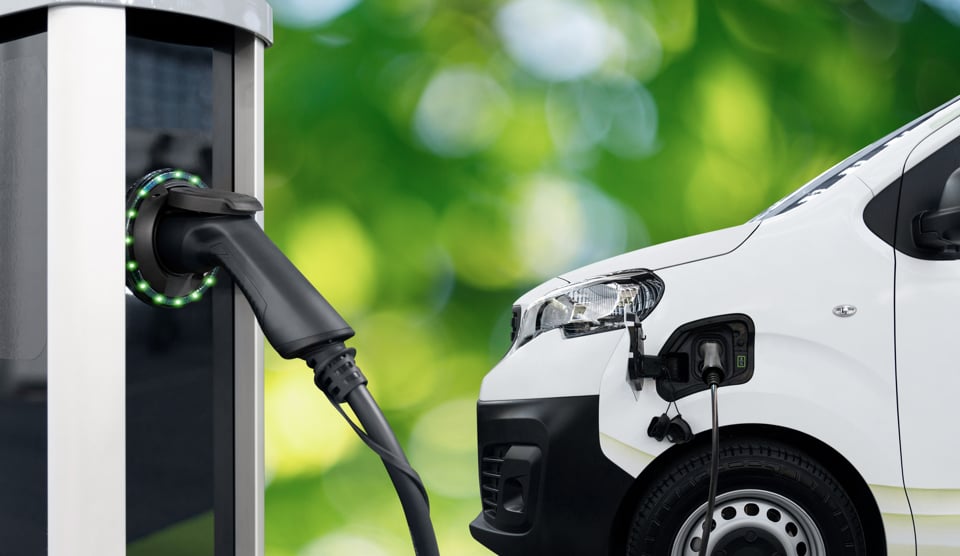






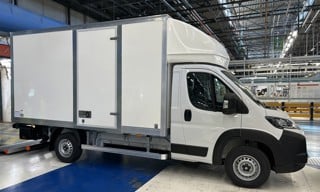
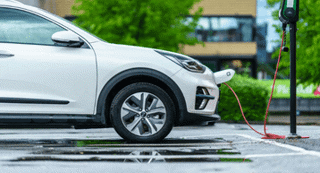
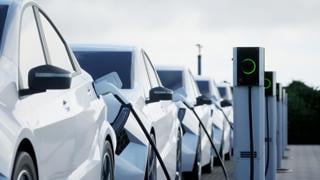

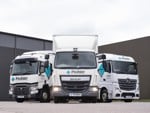







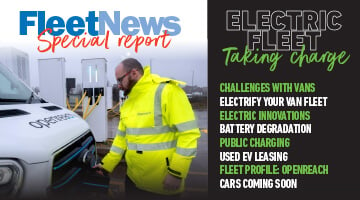


Login to comment
Comments
No comments have been made yet.